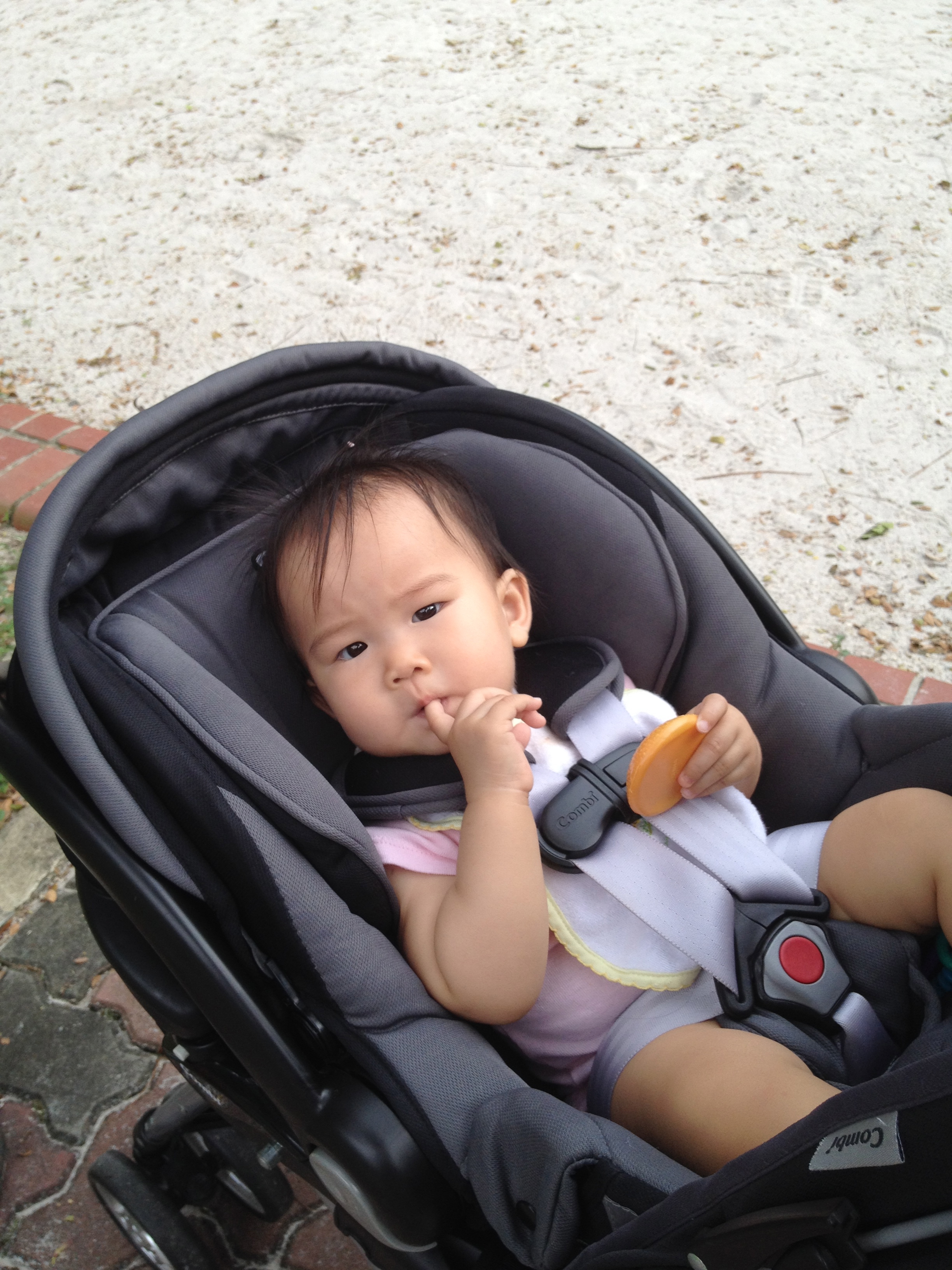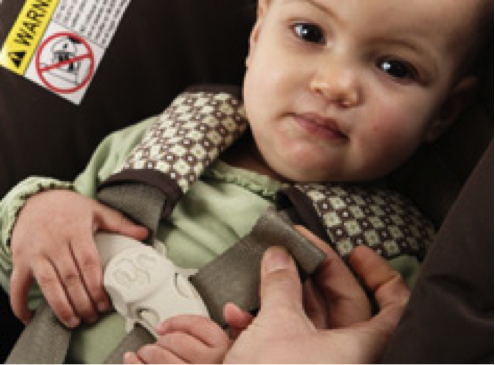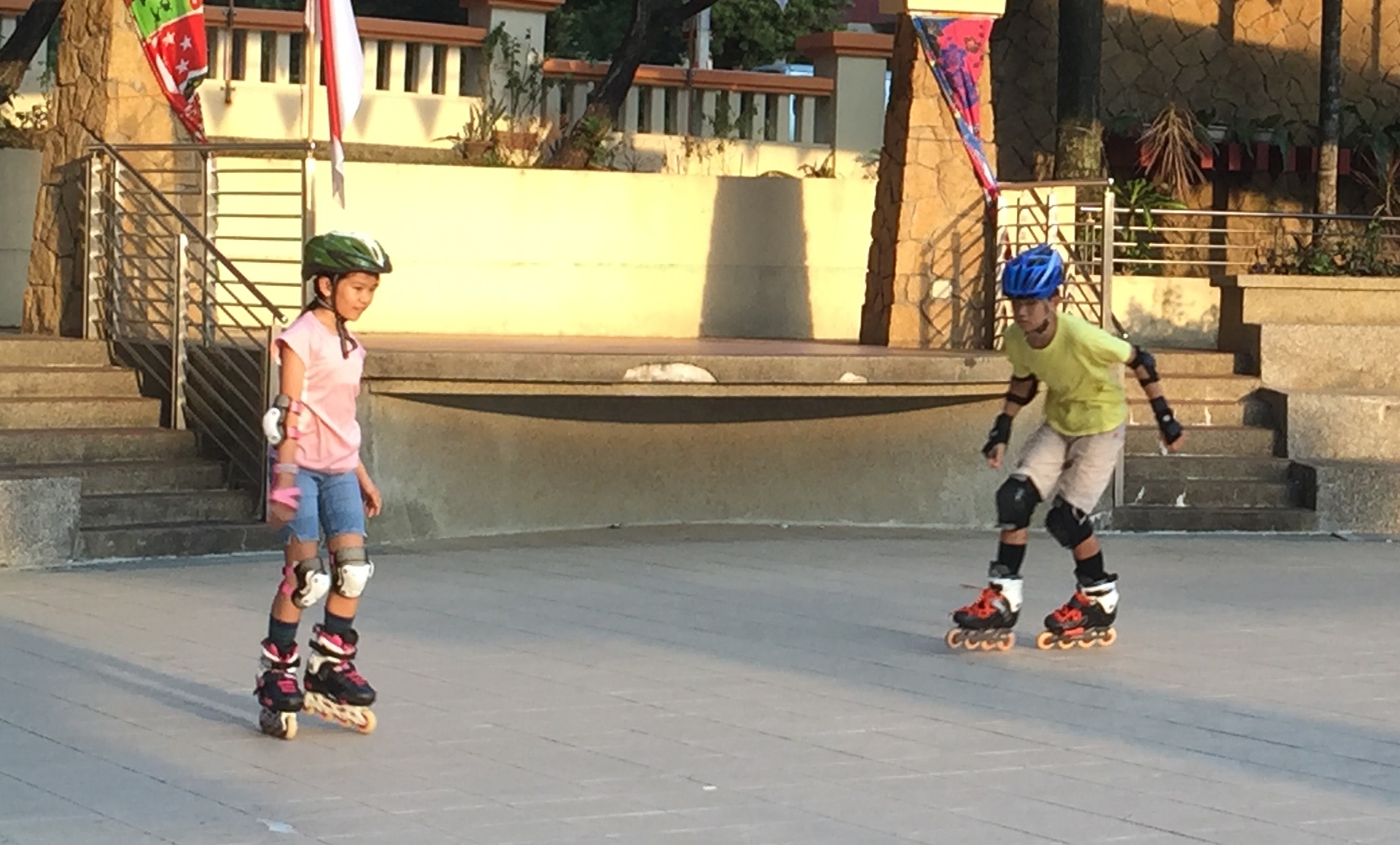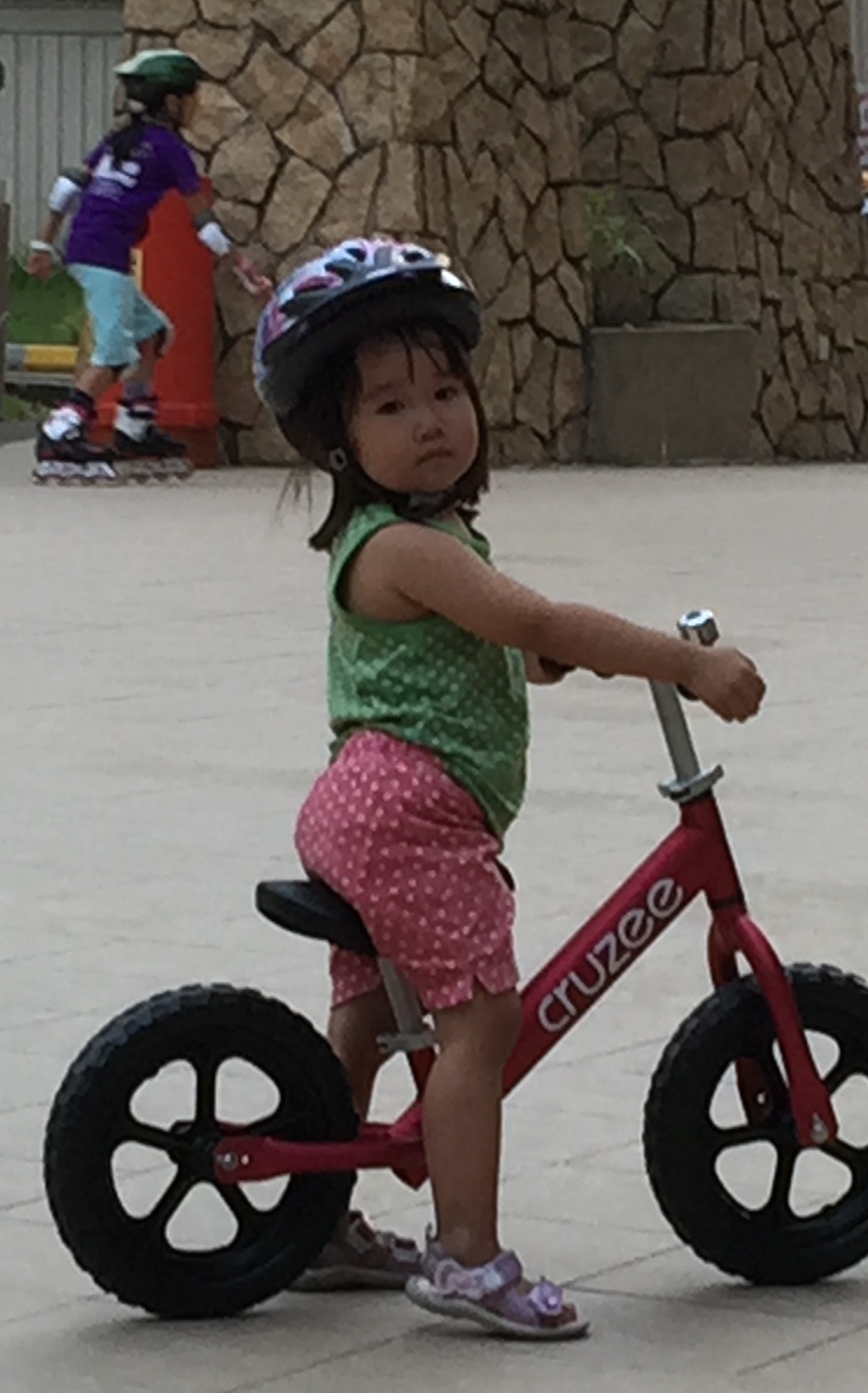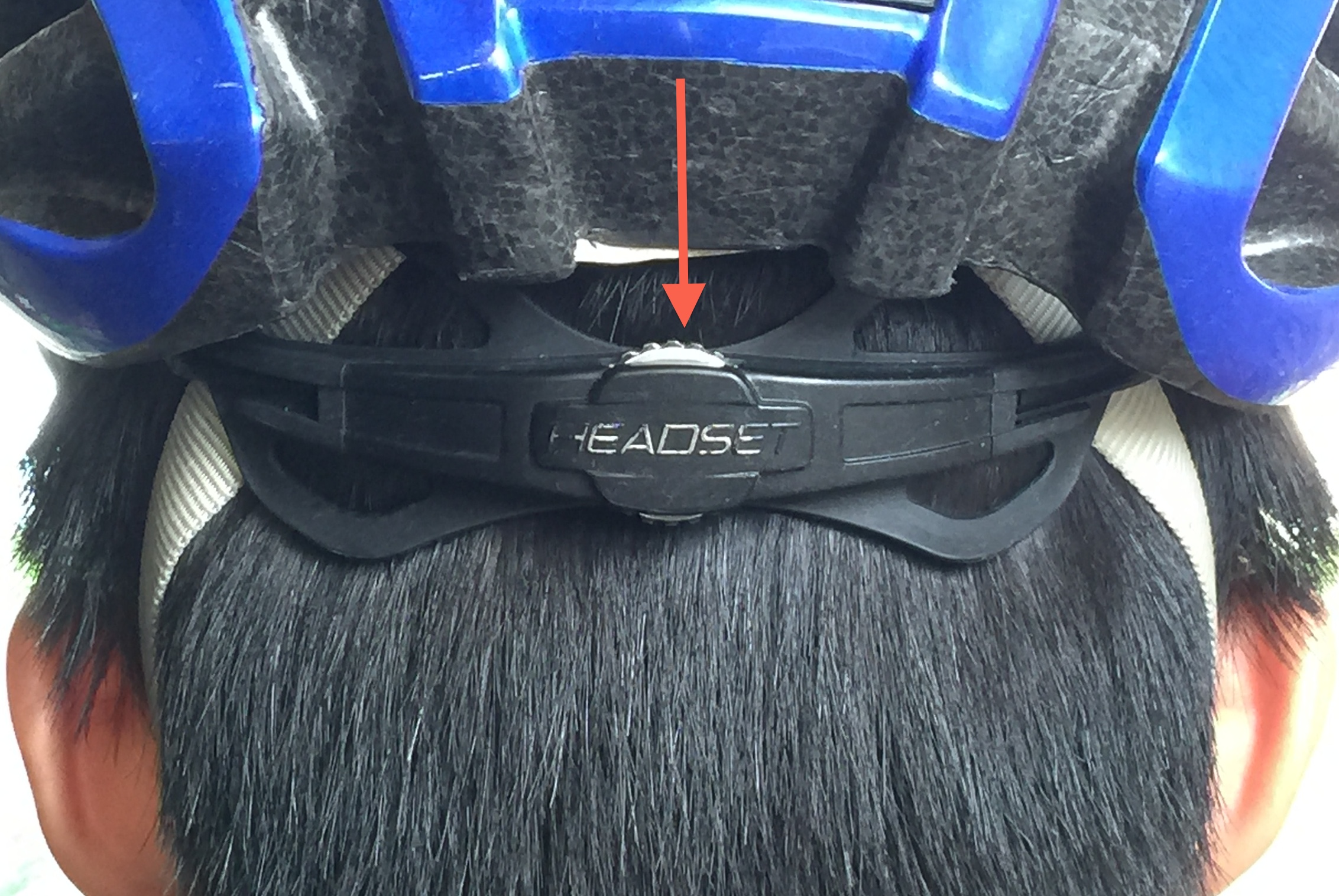On Feb 6, 2018, I was invited to attend Safer Internet Day 2018 hosted by Google and I had written a short post about it on my Decoding Your Child Facebook Page:
Safer Internet Day 2018 hosted by Google.
Heard from a strong panel about what parents can do to ensure internet safety for their children. What can we do about our children’s incessant gaming or addiction to their devices? What do we do if our children experience cyberbullying?
Very insightful sharing on strategies but the one point that kept coming across: establish a strong relationship with our children so they are more open to our guidance.
A great quote:
“Rules with relationship lead to response.
Rules without relationship lead to rebellion.”
That is so true. If our relationship and connection with our children is broken, they will rebel against any rules we establish.
However, if our relationship with them is strong, if our connection with them is strong, it means there is trust, love and respect between our children and us. Then they will be more willing to respect the boundaries we set and be more open to the mediation strategies listed in the photo below.
So let us all strive to decode our children. Let us understand them so we can support their love and passion. When our children know we are on their side, they will naturally be drawn to us for guidance.
And I had signed off with my signatory, “Happy parenting!”
Pride Before Fall
There I was feeling rather positive that I had protected my children from cyberbullying. I was rather pleased with myself for turning my son’s “addiction” to gaming into a passion for programming and for limiting my daughter’s time on MineCraft. I was so confident my teens were safe on the internet. After all, they were not allowed to play online games with people whom they did not know, or in the case of MineCraft, they were not allowed to play with chats on. As far as I knew, my son was still coding in Khan academy and my teenage daughter played MineCraft hosted on my son’s server. There had definitely been no indication of cyberbullying going on. Yes, they were internet-safe. I was certain they would obey my internet rules since I had explained extensively to them the dangers of the internet. Besides, my emotional connection with my children is strong. They would tell me if something were amiss.
Unfortunately, I could not have been more mistaken.
Rude Awakening
After I posted my FB post and got home, I went to check in with the children. My son, as usual, was coding. My teen daughter was busy tapping away on her phone. As soon as she saw me, she put her phone down. Something felt off. So out of curiosity, I asked her for her phone.
“Why?” she asked. I told her I had just attended an internet safety talk and I wanted to be sure about her and her brother’s safety online. Since she was no longer on the phone, I would like to see what she had been doing on it.
“I’d rather you didn’t,” was her reply. She had never expressed resistance to my requests for “spot checks” on any of her devices or her computer before. Her demeanour now was making me extremely worried.
“I’m sorry I must. To be safe. Please.” I said. Reluctantly, she handed me her phone. “I’d rather you didn’t, mom,” she repeated.
“I must. I’m sorry,” I replied as I took her phone with an empathetic look.
As I was going through the list of persons she had been WhatsApping with, a new message notification popped up. It was from an app I had never seen appeared. The icon that flashed looked like a blue game console. I caught sight of the word, “Discord”. The message disappeared before I read it.
Curious, I went hunting for it. I asked my teens what Discord was and my son told me it was an app for online chat. Online chat? What was that about? I scrolled through my daughter’s phone to find the app and found it hidden on the second page of a cluster of apps named, “Unused”. It was intentionally stored in a place where I would least likely check.
I opened the app to read the chats. It had started about 6 weeks ago, and it took me about 14 hours to get through every single message. Needless to say, I was horrified by what I discovered.
Was My Daughter Being “Groomed”?
I had read about internet dangers like online grooming. That was why I had forbidden my children from playing any online games with people whom they did not know in real life. And I had explained to them why as well as the presence of dangers like grooming. Never in a million years did I expect that any of my children could be subjected to it.
The first message had started 6 weeks ago. As I read the series of messages, I kept seeing comments that raised red flags. Was my daughter being groomed?
What is Grooming?
According to National Society for the Prevention of Cruelty to Children in United Kingdom, “grooming is when someone builds an emotional connection with a child to gain their trust for the purposes of sexual abuse, sexual exploitation or trafficking.” I confess I do not know the intention of this person who has been contacting my daughter, but I do recognize the signs of grooming. Below were the signs I flagged.
Signs of Grooming
1) Moving from public chat room to private chat
This is the first sign of grooming. Groomers want to “work their magic” in private. Once they manage to get the child into a private chat platform, they can say whatever they want and manipulate the child without anyone the wiser.
That was how it happened for my daughter. She “met” this person, let’s call her X, on an online chat while playing MineCraft. Yes, she should have known better than to turn on the online chat. Unfortunately, in her naiveté, she did not know better. X seemed nice enough. X was helpful on the chat forum. By moving to the private chat, they could talk to each other without clogging up the public chat forum. What harm could there be?
2) Planting insidious seeds of negativity against the parents
Groomers typically plant seeds of negativity against the parents or trusted adults of the child. They sow seeds of discord and distrust to alienate the child and gain the trust of the child. As the grooming progresses, their attacks against the child’s trusted adults get more frequent and vicious.
I was surprised that within the first day of private chatting, X had planted a seed of negativity against my husband and me. It was a very subtle, almost inconspicuous side comment. My daughter had complained about the behaviour issues my preschooler had and X commented, “that’s the kind of things they learn from school or bad parents (emphasis is mine).” It was only Day 1 and X had already launched the first volley of attack.
After a few days, X referred to us as “the monsters” and called me “mean”. Within a month, I was “manipulative” for restricting my daughter’s access to MineCraft. X even wrote an entire essay on why I was “cruel, selfish and irresponsible and uncaring.” The barrage of accusations had left me breathless and incredulous. How could someone who did not even know me write about me with so much venom and hatred?
It did not end there. X even told my daughter that by law, when my girl turned 16, X could adopt her regardless of whether my husband or I agreed to it or not. And X would do that for her because X would not be the horrible parents that we were.
3) Fishing for information about the child
Now that there is a potential victim who is separated from the crowd, into a private chat platform, groomers need to know more about the potential victim. Instead of asking for information directly which would raise alarms in the victim, groomers will gently fish for information like age, name, location, school, etc.
X was smooth and praised the public chat forum of the MineCraft server they were on (no, they were not on my son’s server) for keeping users anonymous in order to protect the identity of all the users. X started talking about their avatars and how that could also help maintain anonymity. My daughter, being the trusting girl that she is, happily described herself. By the end of week 2, X knew everything about our family, including how we looked like. (yes my daughter sent X photos of the family.) The only saving grace here was my daughter refused to divulge our address despite repeated enticement from X that she would receive gifts in the mail if she would tell X her address.
4) Pushing for voice calls, then video calls
How would groomers authenticate the identity of their potential victims. How would the groomers know if the victim is indeed a child and not another groomer? How would they know if this child looks appealing? The best way is to do a video call so they can see for themselves. But to request for a video call right away would seem hasty and raise suspicions. So they will start by first suggesting voice calls, and when familiarity is increased, video calls. No only will the video show how the child looks like, it will also show the environment and setting of where the computer is and how much privacy the child has when online. In addition, once the child is comfortable doing video chats, the groomers could potentially get the child to do all kinds of stuff in front of the camera.
X was smart. The first few voice calls were “wonky”. My daughter could not hear X. When X’s voice sounded “robotic”, X’s reason was Discord (the app) was unstable. Finally, after several weeks, the voice issue was sorted out. My daughter could hear X (I suspect by then X had a voice changer installed properly). And a couple weeks later, X asked for video chats. In the video, X appeared to be who she said she was, an elderly lady who had difficulty walking. To me, she looked like an oversized man with a wig (X had sent my girl photos of herself).
5) Sowing ideas of meeting
In the case of online grooming, where the groomers do not know the physical location of the potential victim, they will casually plant an idea of a meet up. Over the duration of the grooming, they will suggest it more and more frequently until a request or suggestion for a meetup seems almost natural.
As the weeks passed, X would keep planting notions that it would be so awesome if they could meet. Or if my daughter were old enough and had enough money, she could fly to X.
6) Being the first to warn about groomers
The first one to raise a suspicion tends to appear less suspicious. Groomers are psychological experts. They know that to allay the fears of their victim, they need to be the first to raise the dangers of internet groomers. If they raise it first, their victim will naturally think they cannot be groomers. After all, who would want to be the whistle blower of their own crime?
And that was exactly what X did. Very early in their chats, X wrote, “I sound like some creep trying to gain your friendship and confidence to meet up and kidnap you.” If X could outright talk about online “kidnappers”, surely she (assuming she’s a she) can’t be one, right?
7) Suggesting to move to other “play” platforms
Groomers typically do not work alone. They have a network for which they help one another “snare” victims. If they know the physical location of their victim, they could redirect the victim to another platform where groomers from the victim’s location hang out. The “introducer” can get a fee for it.
Within a week of chatting, X suggested for my daughter to play on another server. When that failed despite repeated prompting, X introduced her to another group game where gamers exchange resources to get what they need. That would require my girl to interact with even more strangers, strangers X knew and could potentially, by transference of trust, get my girl to trust them. Luckily, my daughter was not interested.
8) Paving the way for appearance of a man
If the groomers had presented themselves as females to their potential victims, there is a high likelihood they would want to introduce a man into the picture. In fact, they would want their victim to believe this man to be someone whom the groomers trust and love. That would help with the transference of trust and reduce the suspicion or hesitancy of their victim accepting this new male figure.
Within 2 days of chatting, X casually mentioned something about sending a man of my girl’s dream into her path. The whole sowing was so well planned. First, X talked about how awesome her husband was. Then when my daughter commented how nice it was that X had a great husband, X casually tossed in the “fantasy” of sending a nice man to my girl. Over the course of the 6 weeks, X would hint that it would be great if X’s husband met up with my daughter. X even mentioned her husband was ok with her spending the night with a male friend. I presumed X was paving the way to tell my daughter it would be ok to spend the night with her husband should he appear.
In fact, on several occasions, the person who appeared on the chats identified himself as X’s husband. It was disturbing because there was really no way to tell who was in the chat until that person said he was the husband.
9) Establishing trust with the child
How do groomers establish trust so quickly with their victim? Simple. They are quick to identify similarities in interests, experience, possessions, even illness, to say, “Look, we are so alike. No wonder we click. We are best buddies.” That helps to draw their victim closer to them.
Time and again, X was very quick to point out how identical she was with my daughter. From objects like books, to interests in art, to physical ailments, to experiences with betrayal by friends, to everything under the sun., whatever my daughter mentioned, X exclaim how alike they were. Call me a skeptic, but the occurrence of similarities between the two of them was way too high to be coincidental.
10) Building deep connections with the child
Groomers can be really caring and nurturing, or appear to be so. They will dig for things that trouble their victim and offer comfort to them. They will praise and flatter their victims and lament why no one (ie the other adults in the child’s life) else saw the strengths of the child. They make themselves appear to be the one and only person who cares about and love the child, who will protect the child. They make everyone else the villain. Because of their showering of love and concern of their victim, the latter gets emotionally drawn towards their groomers.
I guess I didn’t have to elaborate on this with X. She was really good at showering attention on my girl. Apparently, X was on a different time zone and she made it very clear that she would stay up to chat with my daughter anytime she needed X. X would comfort my girl when she was sad, and berate others (ie me) for making life miserable for my daughter. She was very effective at showing she was on my girl’s side and she would fight all monsters for her. How could one not feel loved by and connected to someone like that?
11) Identifying the level of isolation of the child
Groomers know if their victim has a strong relationship with other adults in her life, there is a likelihood the victim will, at some point, turn to these other adults for help when she is unsure of how to respond to the groomers requests. Hence, they will attempt to figure out how isolated their victim is. If the victim is not isolated enough, they will resort to attack those close to the victim till she feels totally lonely and has no one else left except the groomers themselves.
And that was what X did. When she first started badmouthing me and blaming me for not allowing my girl to go on MineCraft, my daughter had defended me and explained why that had happened. However, as the days passed, X would add a comment here and there and illustrate how unreasonable I was. As a teen, it was understandable, at least to me, why it was appealing for my daughter to see me in that light. So by and by, my daughter turned against me. Through it all, X kept asking if there was anyone at all that my daughter could go to. And repeated, my daughter said she only had X.
12) Threatening to spill the beans
Grooming is a psychological game. After establishing that the victim is completely isolated and dependent on the groomers, they would then threaten, either seriously or jokingly, to tell the secret to their victim’s parents. Out of fear, their victim will toe the line and play by their rules.
Yes, X did that, multiple times. Sometimes the threats came across as jokes. Sometimes they sounded like threats. X even planting the fear that she had a private investigator searching for my girl and that this private investigator could tell me everything. Knowing my daughter, she would never want me to know of this secret because she knew she was not supposed to be playing MineCraft with chat on. She was afraid that if I found out, I would ban her from playing MineCraft or that I would confiscate all her devices so she would not be able to interact with X. Naturally, she grew more compliant as the chat went on.
Conclusion
So there you have it, the 12 signs I identified from the chats that looked like X was grooming my daughter. What would you do if you were in my position?
I will share what I did with my discovery in my next blog post Internet Safety for Kids (Part 2)) ~ Prying My Daughter From The Groomer’s Grasp.
Happy parenting!
~ Vivian Kwek ~

